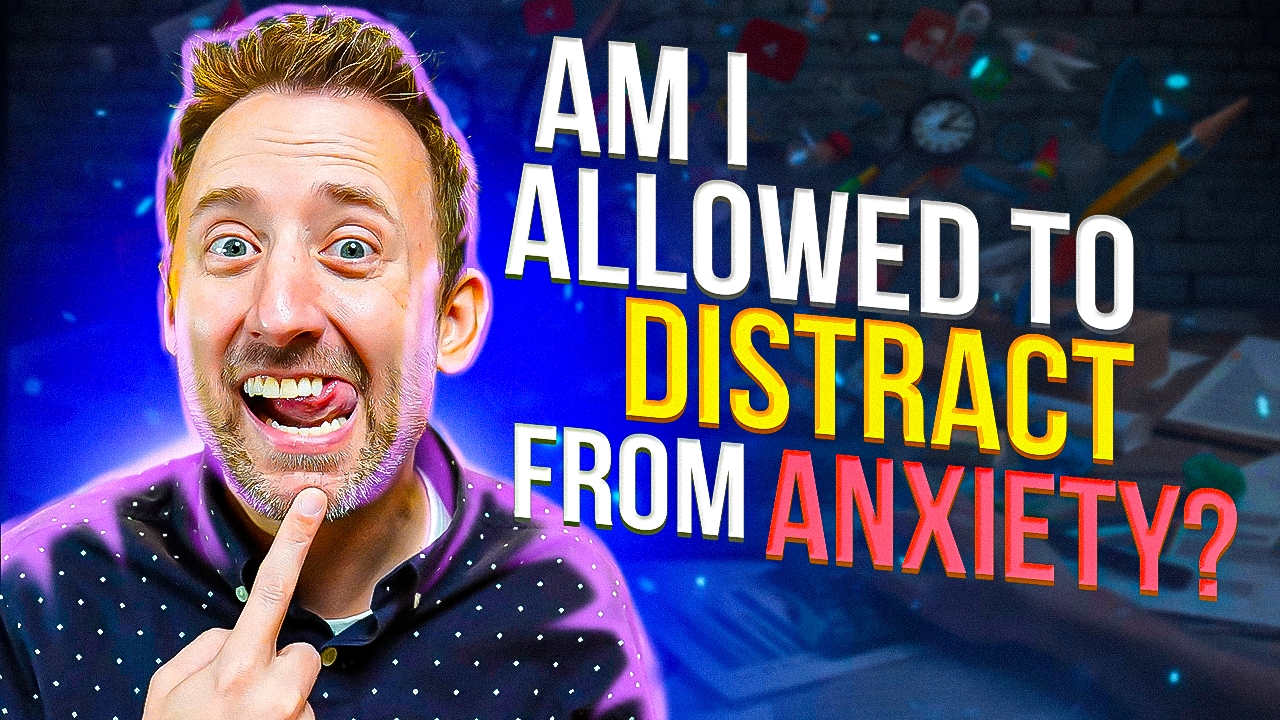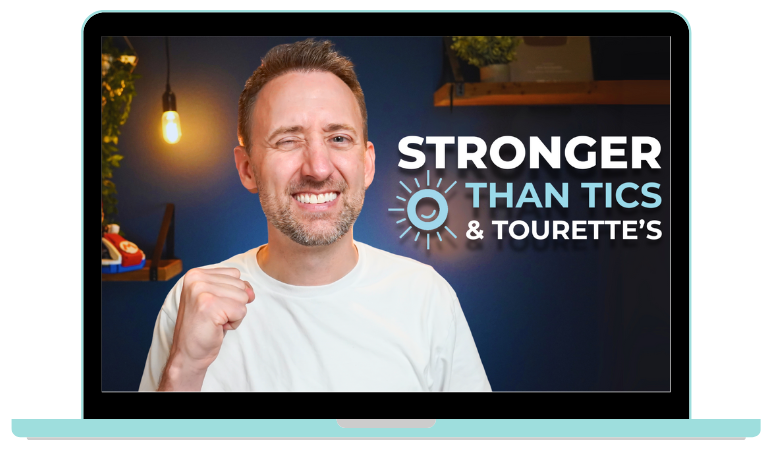Why Your 'Healthy' Habits Might Be OCD in Disguise
Jan 15, 2025
Healthy Distraction or OCD Compulsion? How to Tell the Difference
Healthy Distraction or OCD Compulsion? How to Tell the Difference
Imagine you're feeling anxious, so you decide to go for a walk. Is this a healthy distraction or a compulsion? Hold that thought! By the end of this post, you’ll know how to spot the difference between the two and why it matters for managing OCD and anxiety. Sometimes, the habits you think are helping might actually be OCD in disguise. Compulsions are actions you feel compelled to do to relieve anxiety or prevent something bad from happening. On the other hand, healthy distractions are chosen activities you enjoy, free from the pressure to "fix" your feelings. Here’s a simple test: If you feel like you *have* to do something to feel better, it’s likely a compulsion. If you’re doing it just because you enjoy it, it’s probably a healthy distraction. Compulsions provide temporary relief, but they actually make OCD fears stronger over time. It’s like feeding a monster instead of taming it. Avoiding anxious thoughts tells your brain, "This is too scary to face," which reinforces the cycle of fear. To reduce compulsions, try this: Remember, it’s not about avoiding enjoyable activities. It’s about understanding your motivation behind them. By learning to distinguish between healthy distractions and compulsions, you can stop feeding OCD fears and start managing your anxiety more effectively. With practice, you’ll become a pro at identifying and breaking unhealthy patterns.Let's Play a Game: Healthy Distraction or Compulsion?
OCD in Disguise: When Habits Feed Anxiety
How to Identify Compulsions vs. Healthy Distractions
Examples:
Why Compulsions Strengthen OCD
Practical Tips to Break the Cycle
Conclusion
















